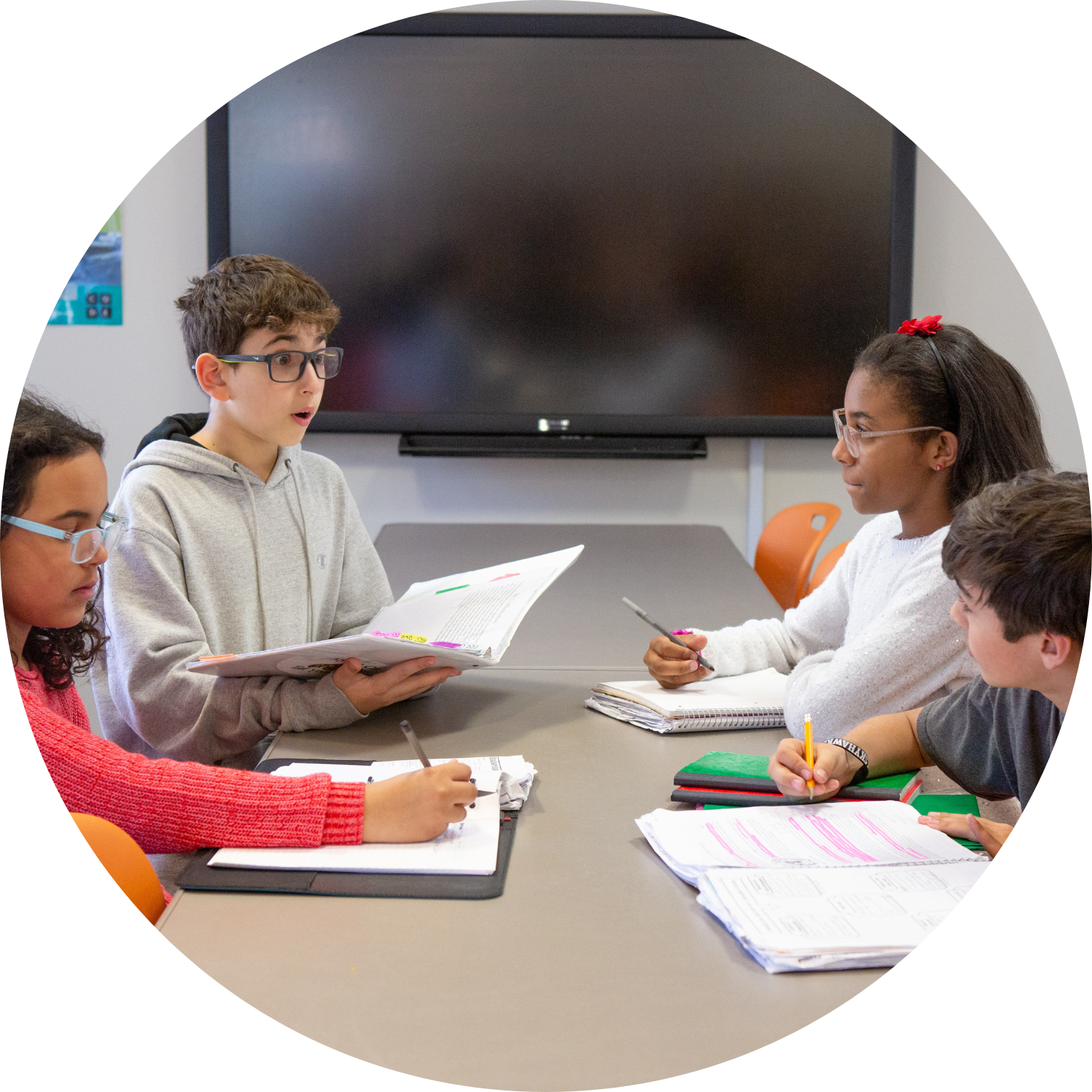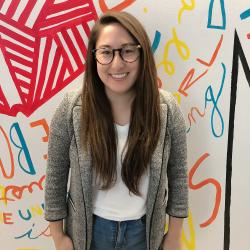
The Challenge
“Ms. Wong! It took me all night, but I finally figured out how to graph the Orion constellation!” This was the greeting I received one morning before school from Will, a sixth-grade student in my class.
The day before, I had issued a challenge to Will and his partner to help me figure out a way for our class to make scientific diagrams of our constellations for our “Stories in the Stars” project. When initially planning for the project, I had dismissed the idea because I felt it was too challenging. However, because Will and his partner had finished their assignment two days early, I needed a task for them to do while everyone else was still working. I told them that if they were able to successfully make the diagrams, then they would be able to help me teach the class to create them as well.
Throughout the period, Will and his partner worked diligently to figure out the steps needed to complete their diagram. They were completely engrossed in their work to the point that when the period was over, they did not want to leave my room. They even kept a log of the problems that they faced and how they were able to overcome them so that when they taught the class, they would be able to provide helpful tips.
That evening I went home and attempted to create my own diagram of a constellation. It took me about three hours and at least 20 sheets of graph paper. In the end, I was able to create a diagram using complicated ratios and conversions. I came to school feeling like this process would be too difficult for my students and that I should probably find another product for them to create.
That was when Will came bursting into my office with excitement and pride. Without having asked him to, Will took the initiative to complete the challenge I had posed in class and worked on it at home. Furthermore, not only did it take us both about the same amount of time to complete the same thing, Will’s method was much simpler and more straightforward. While my superior knowledge of advanced mathematics blinded me, Will was actually able to take the information and synthesize it into what he already understood about math as a sixth grader. This is an example of what shared power looks like in the classroom: students and teachers are learning alongside each other, and students are active participants in determining the way in which they learn.
The Approach
I believe this experience is one of the effects of the collaboratively designed project my teacher partner and I did with our team the previous semester. Collaborative design is when students and teachers work together to design a project through step-by-step negotiations. It is a process that allows students to be decision-makers, teaches them the value of democracy, and empowers them with regard to their own learning. Collaborative design creates an equitable learning environment, because all ideas are heard and incorporated into the final product.
This process has completely changed my view of Project Based Learning. As a product of a PBL school, I had many preconceived notions about projects and how they should be designed. However, after collaboratively designing this project with 56 students, I am forever a convert to the collaborative design process.
No matter where you are in your PBL journey, you can begin to try out collaborative design by providing students with opportunities for voice and choice, soliciting input from students prior to planning a project, giving students the opportunity to participate in a project tuning after your project has been planned. I believe that collaborative design is the best way to completely engage students in their learning as well as create a sense of ownership.
Although the road was not always smooth, students and teachers were able to overcome all roadblocks by working together, and, in the end, both the journey and the final outcome more than made up for any challenges we faced. Some of the biggest challenges can be group size, time constraints, balancing control between teachers and students, and being able to provide expertise and resources for students in a timely manner.
One of the main goals of collaborative design is to teach students about being members of a democracy and what that requires. I saw this with my students when we would, for what felt like days, hold consensus discussions until we had the support of all 56 members of the team. Sometimes it felt like it would be completely impossible for all 56 of us to agree on any one thing. However, through problem solving, we were always able to reach compromises that were agreeable to everyone.

Naturally, I am a person who enjoys planning and then following through with my plans. But due to the nature of collaborative design, although I provided structures, such as protocols, conversation norms and practices, opportunities for voting, and participation in committees, I had no way to predetermine student choice and, therefore, no way to plan in advance. I was forced to be more willing to change plans or go in a new direction based on student reactions. I am now more aware of what students are capable of when their creativity is not limited or when a situation occurs that requires them to take responsibility and leadership. I truly believe that students will always find a way to rise to the occasion and astound with their abilities and achievements.
Here are some tips and strategies that I found helpful in facilitating collaborative design with students:
- Collaborative design should resemble a democracy, in which students and teachers are working together to develop a project and the teacher provides equitable structures for students’ voices to be heard. It should avoid being an anarchy, where students are completely free to learn about whatever interests them and teachers have no say in the project or learning.
- Build projects around questions students have rather than student interests. It pushes students beyond what they already know and into areas of wonder.
- Use a combination of four different strategies to help make decisions about the project as a class: Consensus Discussions, Committees/Think Tanks, Surveys, and Project Tuning Protocols.
The Results
My students felt empowered because they helped make logistical decisions about the design of the project. This feeling of empowerment led to students exerting a great deal of effort in their work as well as engaging in deeper learning. This collaborative design process teaches students about collaboration, communication, and critical thinking by simulating a real-world experience that students naturally understand and respond to. Those lessons, along with the confidence students gain through overcoming challenges and solving problems as they arise, are simply invaluable.
In the end, Will and his partner taught the rest of the class how to graph each of their constellations. While they stood in the front of the room, I sat in the back of the classroom and allowed them the space to share power, lead their peers, and take on a challenging task. Another student reflected, “I feel ownership in this project because we got to choose our partners and topic. We were the ones who came up with all of the questions that created the themes. This felt better than last year [when] the week before we had to start our project, our teacher said, ‘You guys have a project that’s about this, and it’s due on this date.’ It’s not fair. Maybe some people aren’t interested in what that’s about.” When students are your true partners in leading the classroom, deeper learning occurs for all.

